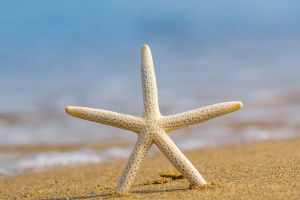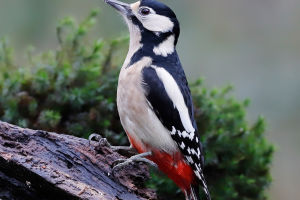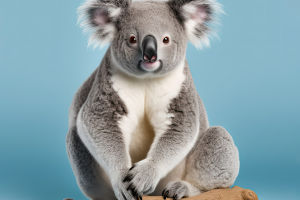The Life of Kangaroos
Kangaroos are one of the most iconic symbols of Australia, and for good reason.
These fascinating marsupials are unique in every way, from their powerful hind legs to the way they carry their young in a pouch.
But there’s more to kangaroos than just their hopping — these animals live a life filled with fascinating behaviors, survival skills, and unique characteristics that make them stand out in the animal kingdom.
Let’s take a closer look at the bouncing life of kangaroos and explore what makes them so remarkable.
A Life in Motion: Why Kangaroos Hop
When you think of kangaroos, the first thing that comes to mind is their hopping. But why do they hop? For kangaroos, hopping isn’t just a quirky mode of transportation; it’s incredibly efficient. Unlike other animals that use four legs to walk or run, kangaroos rely on their massive hind legs to propel them forward. This method of locomotion allows them to cover large distances at a fast pace while conserving energy. In fact, kangaroos can hop at speeds of up to 35 miles per hour, and they can leap up to 25 feet in a single bound!
Hopping is ideal for the vast, open landscapes of Australia, where food and water sources can be far apart. Their muscular legs allow them to traverse these long distances with minimal effort, making it easier for them to search for food in the often harsh environments of the Australian outback.
Kangaroos: Family and Social Structure
Kangaroos are social animals that live in groups called “mobs,” which can range in size from a few individuals to several dozen. A mob is usually led by a dominant male, known as a “boomer,” who has to defend his position from other males. Kangaroos engage in ritualized fights—using their strong hind legs to kick each other in the chest—as a way to establish dominance within the group.
The most remarkable aspect of kangaroo life is the way they raise their young. Female kangaroos, called “flyers,” give birth to a tiny, underdeveloped joey that’s about the size of a jellybean. After birth, the joey crawls into its mother’s pouch, where it continues to grow and nurse for the next six months. Even after leaving the pouch, the joey will still hop in and out for comfort and protection until it becomes more independent.
Survival in Harsh Conditions
Kangaroos are incredibly well-adapted to Australia’s diverse environments, from the arid desert to the lush coastline. They’re primarily herbivores, feeding on grasses, leaves, and shrubs. Their digestive system is designed to break down tough plant material, and they have a unique ability to go long periods without drinking water. In fact, kangaroos can obtain most of their water from the plants they eat, which is essential for surviving in dry, drought-prone areas.
One fascinating survival trait of kangaroos is their ability to pause pregnancy. In times of drought or food scarcity, a female kangaroo can delay the development of her embryo until conditions improve. This ability, known as embryonic diapause, allows kangaroos to ensure that their young are born into favorable conditions, increasing their chances of survival.
Kangaroos in Popular Culture
Kangaroos aren’t just a favorite among wildlife enthusiasts—they’ve also made their way into popular culture, particularly in films. One of the most well-known kangaroo-themed movies is "Kangaroo Jack" (2003), a comedy about two friends who travel to Australia and get involved with a mischievous kangaroo who steals their money. While the film is more comedic than factual, it helped cement the kangaroo’s image as a fun and quirky animal in the public’s imagination.
Another notable film is "Dot and the Kangaroo" (1977), an Australian animated classic that tells the story of a little girl who gets lost in the outback and is befriended by a kind kangaroo who helps her find her way home. This heartwarming movie showcases the bond between humans and animals, particularly highlighting the gentle nature of kangaroos.
Threats to Kangaroos
Despite their strong presence in Australia, kangaroos face several threats. Habitat loss due to human expansion is a major concern, as it reduces the areas where kangaroos can live and find food. Additionally, kangaroos are sometimes seen as pests by farmers, leading to culling in certain areas. Climate change also poses a threat, as changing weather patterns can disrupt food availability.
However, kangaroos are protected under Australian law, and many conservation efforts are in place to ensure their populations remain healthy. Kangaroos are an integral part of Australia’s ecosystem, playing a key role in grazing, which helps maintain plant diversity and soil health.
Kangaroos live a bouncing life that’s not only fascinating but also uniquely adapted to the challenging environments of Australia. From their efficient hopping to their social structures and remarkable survival strategies, kangaroos are truly one-of-a-kind animals. Whether they’re starring in movies or bounding across the outback, kangaroos capture our imaginations and remind us of the incredible diversity of life on Earth.


